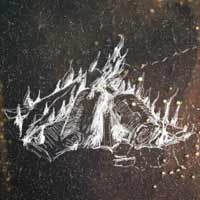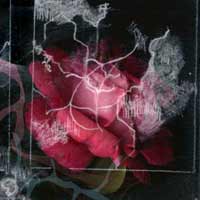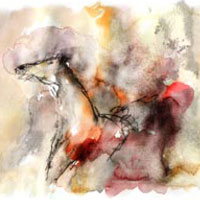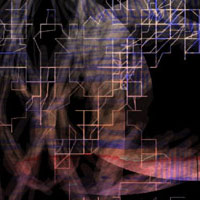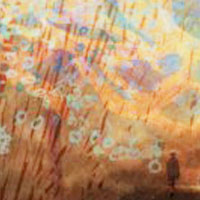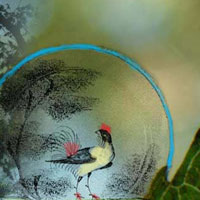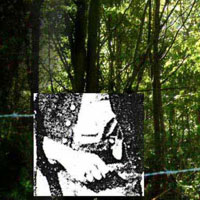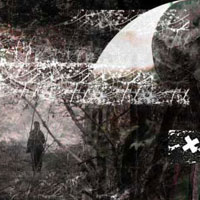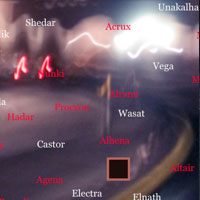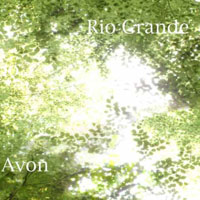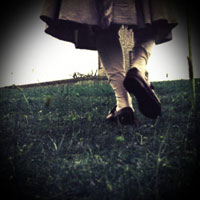
Portfolio Pages
Shortcuts to collections of books ↓.Browser Note
All the books below are available in full, with a variety of page interactions, scrolling, etc. Some browsers will not display them properly, notably Internet Explorer. If you are experiencing problems viewing them in full, please try opening these pages using another browser, for example Firefox, Chrome or Safari.
 |
Radio"What lies in the darkness/behind the speaker grille?" Radio is a book on the subject of communication: its difficulties, its uncertainties, and the chance we take in reaching out to others. |
|
 | ||
 |
Clock WatchingWhat happens when we're not watching the clocks? A short piece where ordered Newtonian time gives out and something a bit more interesting takes over instead. |
|
 |
||
Whistling Copse Series ↓ |
The Morning and the Evening Series ↓ |
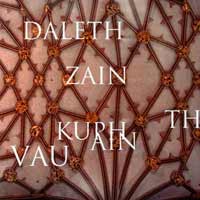 |
FirmamentA Kabbalistic notion of Creation has it that the letters of the Hebrew alphabet are the means by which the Almighty brings the universe into being. Here I have enlarged the family of letters involved. This is partly in order to have more than 22 at my disposal, partly because of the poetry of letter names themselves, and partly to enlarge the claim of alphabets in general to create the world. |
In this book I've paired this with the constellation of roof bosses on the ceiling of a church, recalling both the tree of the Sephirot and the constellations of the stars. This book is part of the series The Morning and the Evening about the six days of the Creation. |
 | ||
City Series ↓ |
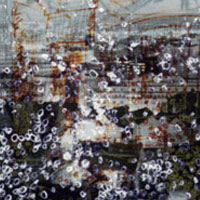 |
Smoke-FlowerA midnight exploration of the city reveals some of its mysteries and convolutions. In doing so, it releases some of the protagonist’s own memories, mysteries and sectrets. |
|
 | ||
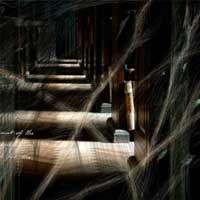 |
Holden’s SilenceA hundred years hence, the fortress walls of a ruined library wait for someone to come and reawaken the secrets sleeping within. |
|
 | ||
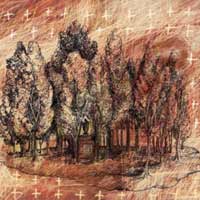 |
CivitasA suite of prints inspired by the ruined Roman cities of Pompeii and Herculaneum. |
|
 | ||
portfolio pages
Please enjoy the books linked to here. The galleries themselves use a variety of methods to simulate the experiences of the book, flipping, turning and scrolling their way from page to page.
There are of course differences between seeing and feeling a book in reality, and on the screen here. Both have their pros and cons. I hope to develop some work in the future that is devised specifically for the web rather than for print, but I want to bring the best of what I can do with books to that form too. I don't want to leave books behind, but I am interested in the differences that exist.
What do you think about it? You are welcome to contact me to talk about it if you like. Alternatively, the artist books 3.0 is a good forum for discussion.
my research
For the past few years and for a few more to come I've been consolidating my knowledge in the field of artists' books, working towards a PhD. I've been thinking, writing and researching about what artists' books enable in artists' practices.
Does the book form endow the artists who favour it with an interface to their proccupations that they find peculiarly apt? If so, in what ways? What can I- as a book artist myself- have to add to this enquiry?
With this in mind, I've been keeping track of my practice in my studio journal weblog, Adminicle, and producing writing. I'd welcome any feedback you'd like to offer.
Thanks for stopping by.
— æ
home→portfolio








